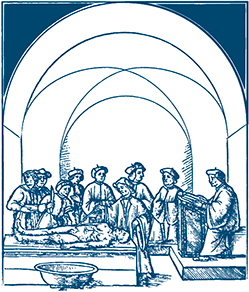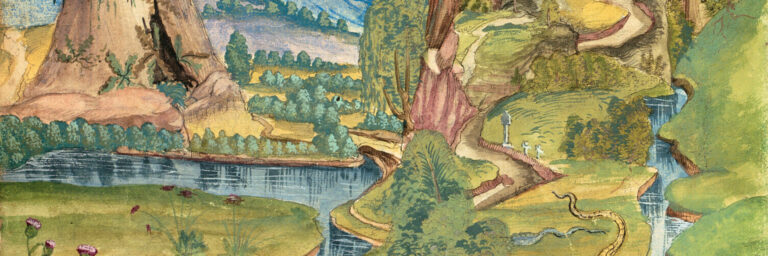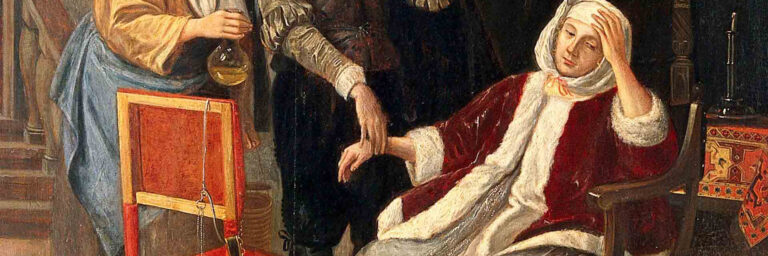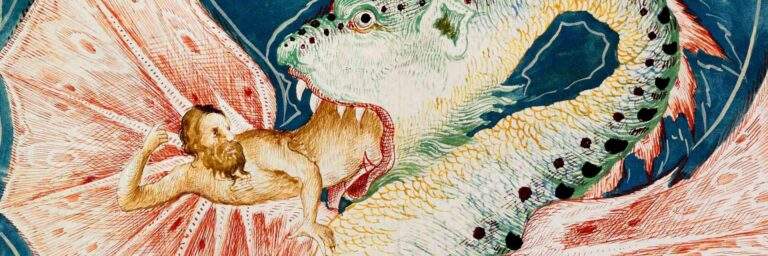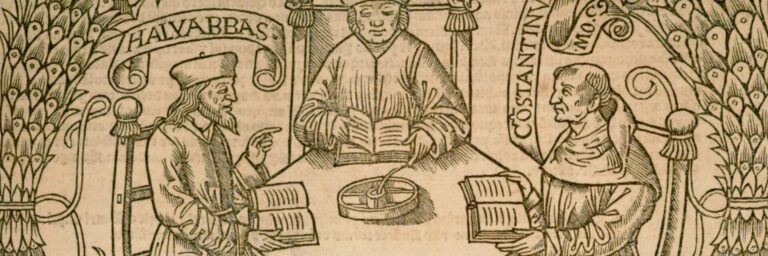Animals and the Recipe Tradition
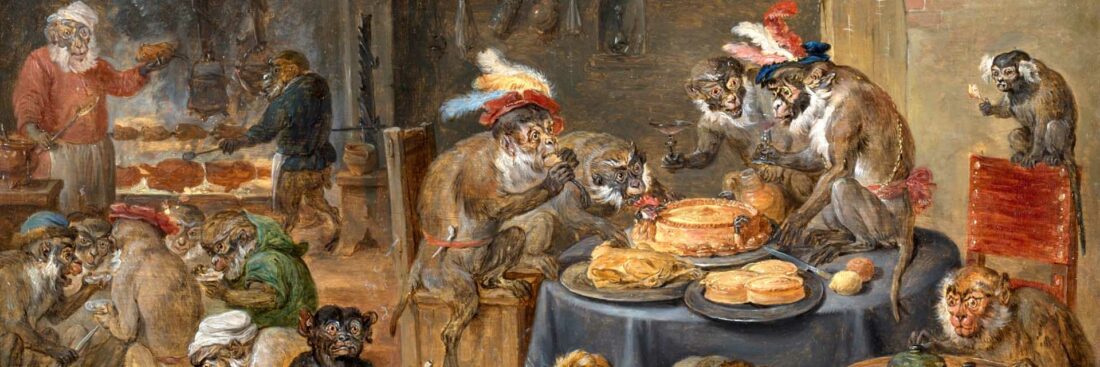
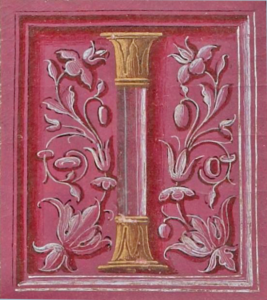
Lively Creatures
Animals and the Recipe Tradition in Early Modern Italy
Madelein Sheahan
25 March 2025 – 5 PM (CET)
The staggering number and variety of animal ingredients recorded in early modern medical recipes across Europe attest to the believed healing virtues of bodily matter.
These writings were filled with graphic descriptions of procuring, producing, and using bodily materials towards the aim of preserving human life. Recipe writers in particular emphasized the necessity of using live animals in the making of medicines, instructing readers how and when an animal ought to be taken and killed to preserve its maximum medical efficacy.
More shockingly, practitioners described ways to torture, agitate, and infuriate animals in order to stimulate their essential vitality and thus capture it. Investigating this purported extractive process in the making of medicines, my paper provides an analysis of animal treatment and killing techniques recommended in a series of sixteenth and seventeenth-century Italian manuscripts recipes predominantly authored by elite domestic practitioners.
In highlighting the interconnected issues of potency, efficacy, and vitality, it illuminates a domestic perspective on the utility of animals, as well as unveils a system of beliefs regarding the ways in which the emotional and embodied experiences of living creatures were understood to deeply and directly impact the power of medicines.
About the Speaker ...
Madeleine is a PhD candidate at Yale University in the Department for the History of Science and Medicine and combined degree program in Early Modern Studies.
In 2024 she was awarded the Santorio Global Fellowship to study at the University of Parma. Her training is grounded in the interdisciplinary study of early modern history from the perspective of the history of medicine and science, women and gender history, and material culture. Madeleine’s research focuses on domestic medicine during the long seventeenth century, examining the use of human and animal-derived medical ingredients in manuscript recipe books across Europe.
